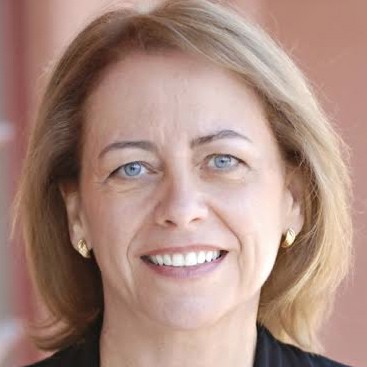How to Create a LinkedIn Profile: Q&A with Career Expert Donna Svei

This month we spoke with Donna Svei, a career search expert who specializes in helping job seekers improve their resumes and LinkedIn profiles and started the blog the AvidCareerist.
We all know how fun social media can be but it’s not just a way to share cute photos of baby sloths or tweet your #AwkwardBreakup to Jimmy Fallon, it can also be critical to your job search. A LinkedIn profile is increasingly becoming a way hiring managers evaluate potential candidates. Read on to find out Donna’s best advice for completing your LinkedIn profile.
Why is LinkedIn an important part of any job search?
While LinkedIn might not be the first place a recruiter looks for an entry-level hire, it is still an important tool for students and recent graduates. Once a hiring manager has looked at a recent graduate’s resume they are likely going to look at their LinkedIn profile before they call you for an interview. In that way, it’s important to have a professional presence on LinkedIn.
That’s a great point. Is there a particular part of a LinkedIn profile that is most important?
It’s very important to have a professional photo. Whether it’s right or wrong, someone looking to hire you is going to make a judgment about your qualifications based on your photo. Having an unprofessional photo on LinkedIn is just as bad as wearing hoodie to an interview at a suit and tie type of company. One way to get a professional photo is to have a friend take your headshot and then find someone who has some photo editing skills to enhance it (ODesk.com is a great place to find professionals to do this for a low cost). A couple of other tips: look directly into the camera, smile like you are greeting a best friend, dress for the job you want to land, have a simple background (and make sure it’s clear of unprofessional items, like a beer can), and make sure it’s just you in the photo.
What about other parts of the profile? What should students and new graduates include in the summary section of their LinkedIn profile?
Students need to make sure they have a clear statement of their unique value proposition, in other words what qualities and skills will you be bringing to a company if you are hired. They keys to a great summary are to be specific about your qualities, draft it so a company understands exactly how you will help them fill a need and be creative. In your summary also include a “Specialties” subsection. This is a great place to insert appropriate keywords from a job description and for recent grads can be a place to list universal, in-demand skills such as interpersonal skills or communication skills. Just be sure not to go overboard on being creative with your skills. If you want to know what I mean, read my friend Lavie Margolin’s recent blog post on why being a copycat can be good.
Who is appropriate to ask for recommendations and endorsements?
Many students have had part-time jobs and internships and they all managed to graduate college, which is no small accomplishment. Along the way they developed important skills and had managers, professors and other people who could provide recommendations or endorsements. Endorsements are an important part of a LinkedIn profile. I can look at someone’s endorsements and I if I see their professor endorsed their work ethic, then I know they’ll be a good hire. Which is a good reminder to not underestimate skills like punctuality and being highly motivated; these are absolutely characteristics in job descriptions that you can pull into your skills. Really a skills section should match what you put into your summary, representing a mix of soft and technical skills.
What is the most common mistake new LinkedIn users make?
Not completing their profiles. You might not think it is a big deal but when you are a job hunter it can hurt you. LinkedIn won’t show your profile as often to recruiters if it is not complete. Completing your profile as well as the bad photos we have already talked about are the most common mistakes. Another is not being careful about what you post as an update. You want to be sure anything you share is relevant to your job target and shows you are serious about your career.
Come back next month for our interview with Kevin Pho, a physician, author and a health care social media expert.